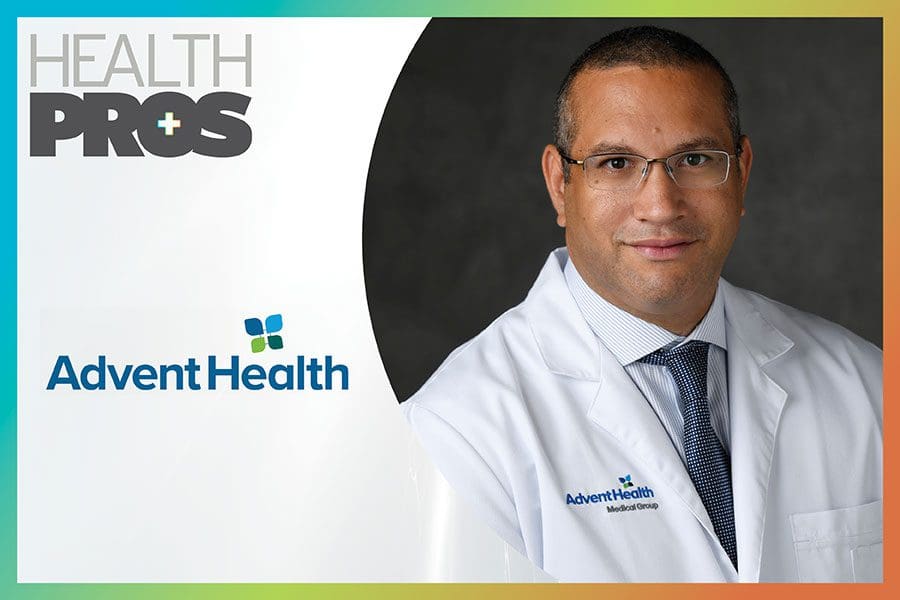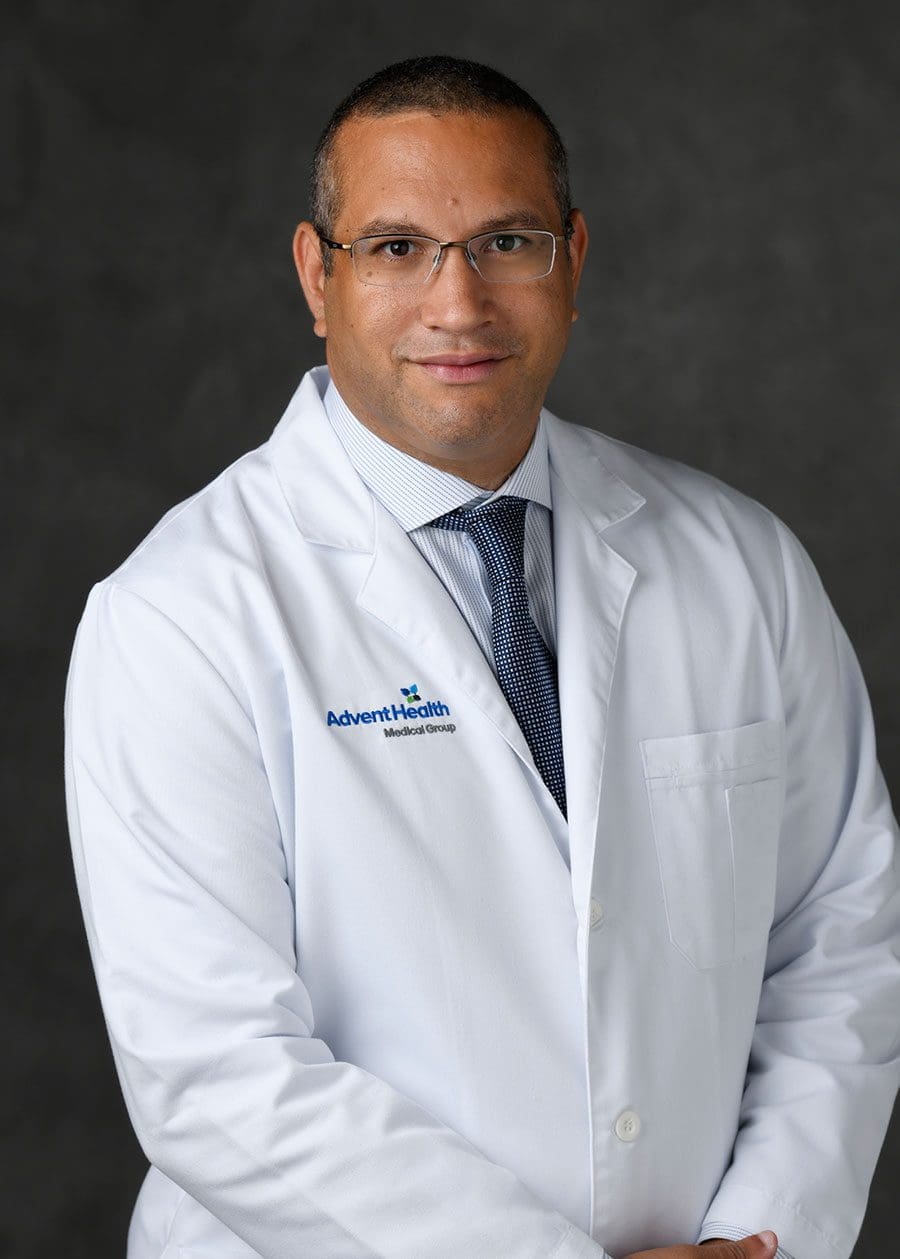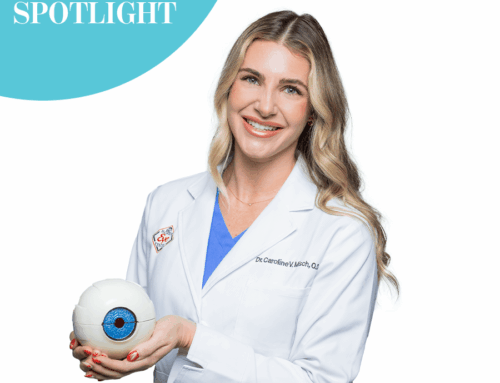
By Akers Editorial
Health Pros: AdventHealth Waterman


Sotero Peralta, MD, Board Certified Vascular Surgery
Have you started to notice veins in your legs becoming darker and more noticeable? As you age, you might find this increasingly common.
Varicose veins are not considered a serious medical condition, but they can be an uncomfortable feeling, make some people feel self-conscious, and, if left untreated, can lead to more serious medical problems.
Causes of Varicose Veins
Varicose veins are usually seen in the legs and feet of women ages 50 and older, but they can be anywhere on the body, and anyone can get them. They look like bulging, blueish strands running through the skin’s surface. Sometimes they’re surrounded by spider veins, which are smaller, thinner-looking veins resembling a spider web. Spider veins are a milder version of varicose veins and are not as noticeable or uncomfortable.
Varicose veins are considered common because they can be caused by any condition that puts extra pressure on the legs or abdomen. This could include obesity, pregnancy, or even simply standing for long periods.
When your body has blood flowing through a vein, there are valves that open and close to allow blood to flow properly. If the valves are not working properly, because of built-up pressure, varicose veins can develop when the muscles are working harder to push the blood.
The chance of developing varicose veins increases with age, since veins weaken as we get older and have increased varicosity. There’s also a greater chance for development if someone else in your family has them because genetics play a role.
When to Be Concerned
Many people with varicose veins report aching, heavy, even sore legs or muscles, along with swelling, especially after standing. These are uncomfortable symptoms, but overall manageable and nothing to be concerned about.
However, you should contact your doctor if:
- A varicose vein has been injured, resulting in a loss of blood; immediately add direct compression and elevate the area
- The skin over the veins becomes flaky or discolored
- Your varicose veins are red, warm and tender; this could be a sign of a blood clot
Most often, spider veins and varicose veins can be treated easily at home. To help relieve discomfort, your doctor may suggest a variety of treatment options.
Treatment Options for Varicose Veins
Your doctor will look at your overall health history and the condition of your varicose veins before recommending treatment options. First, they may suggest trying compression stockings and/or over-the-counter medications to help with discomfort.
In most cases, varicose veins don’t need to be removed, but it’s an option if they become too painful. You and your vascular specialist may discuss the possibility of one of these methods to eliminate the veins:
- Ablation
- Laser treatment
- Sclerotherapy
- Surgical removal
Treatment depends on the area of the body, the severity of the condition and your unique health history.
More Information on Our Vascular Care
When you need the advice and care of vascular specialists, we’re here to help. To learn more, visit AdventHealthCardiovascularInstitute.com or to schedule an appointment with Dr. Sotero Peralta, call us at (352) 385-3022.
AdventHealth Waterman
352.385.3022 / AdventHealthCardiovascularInstitute.com







